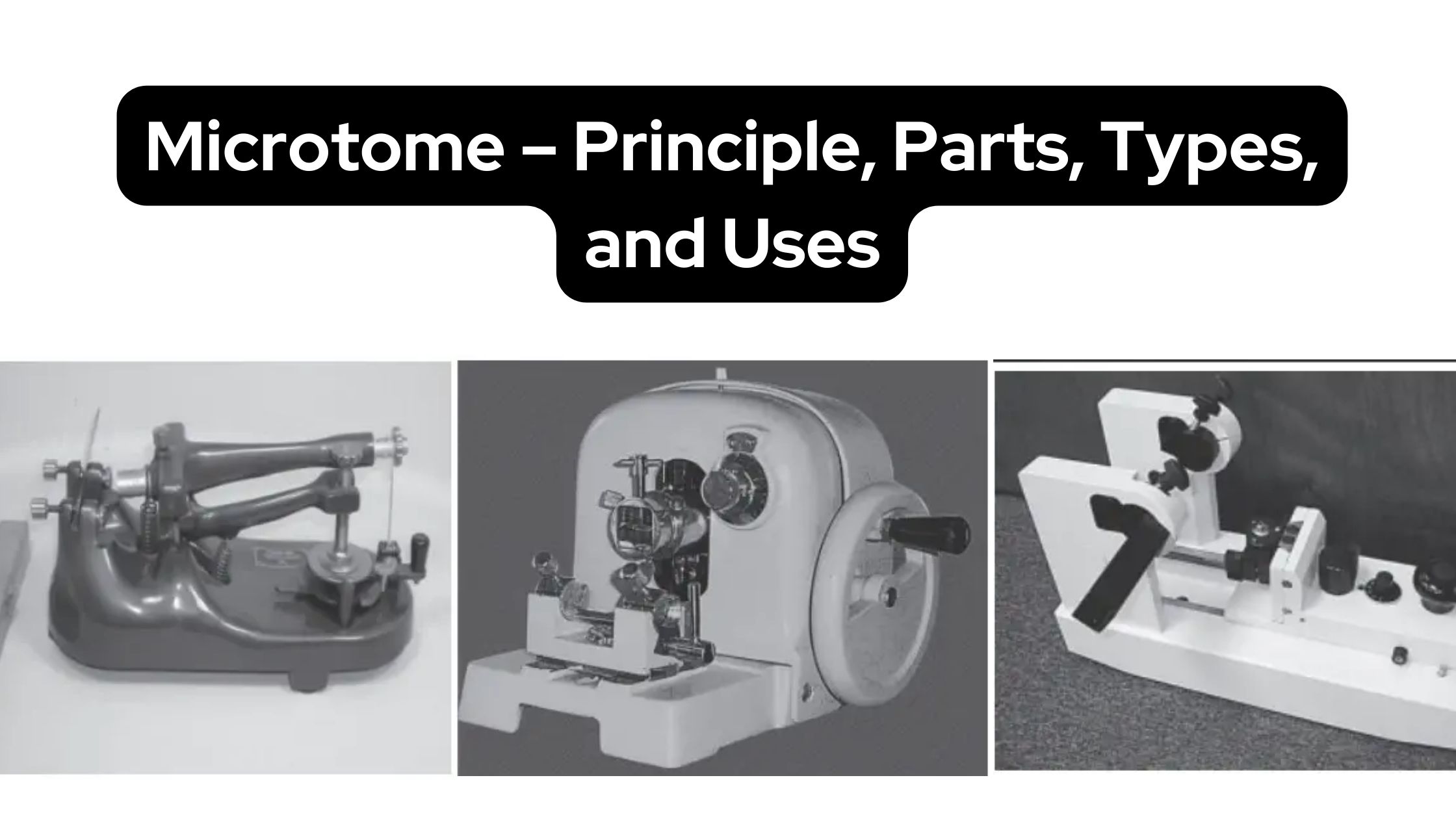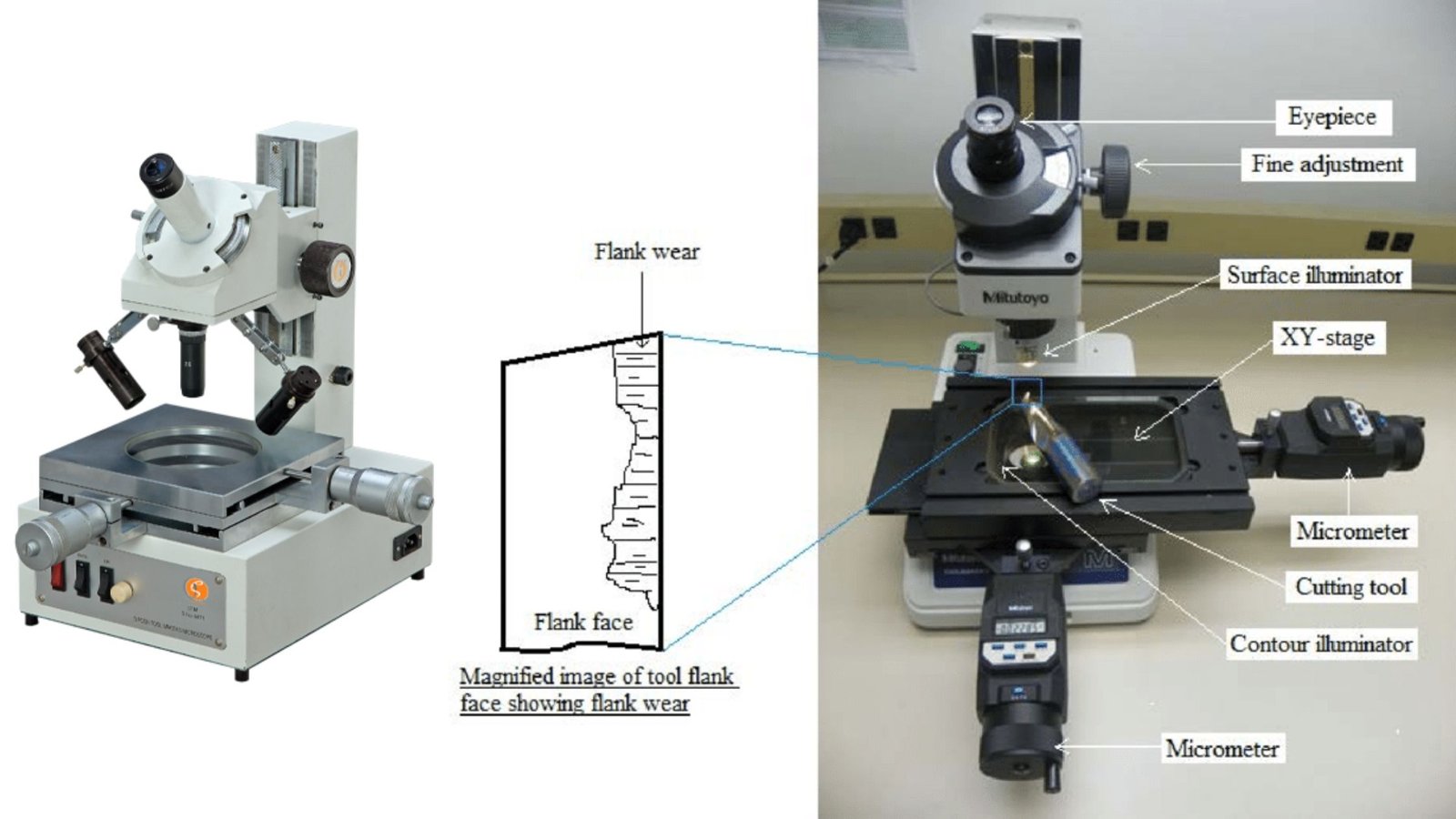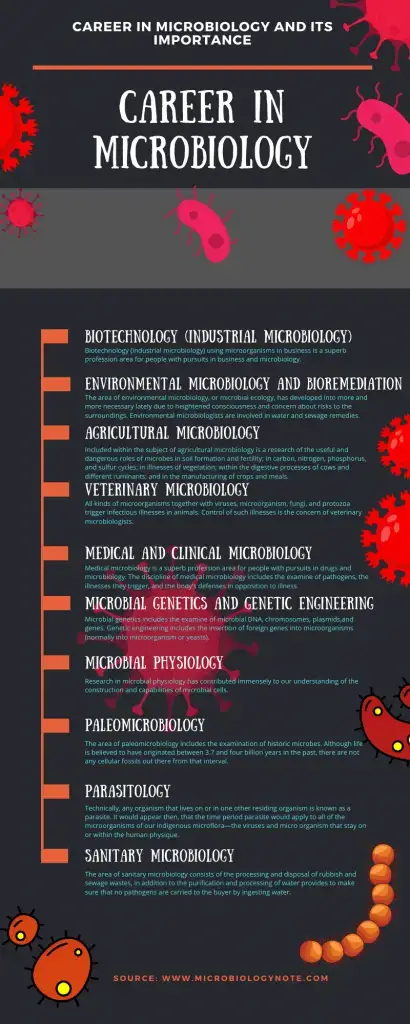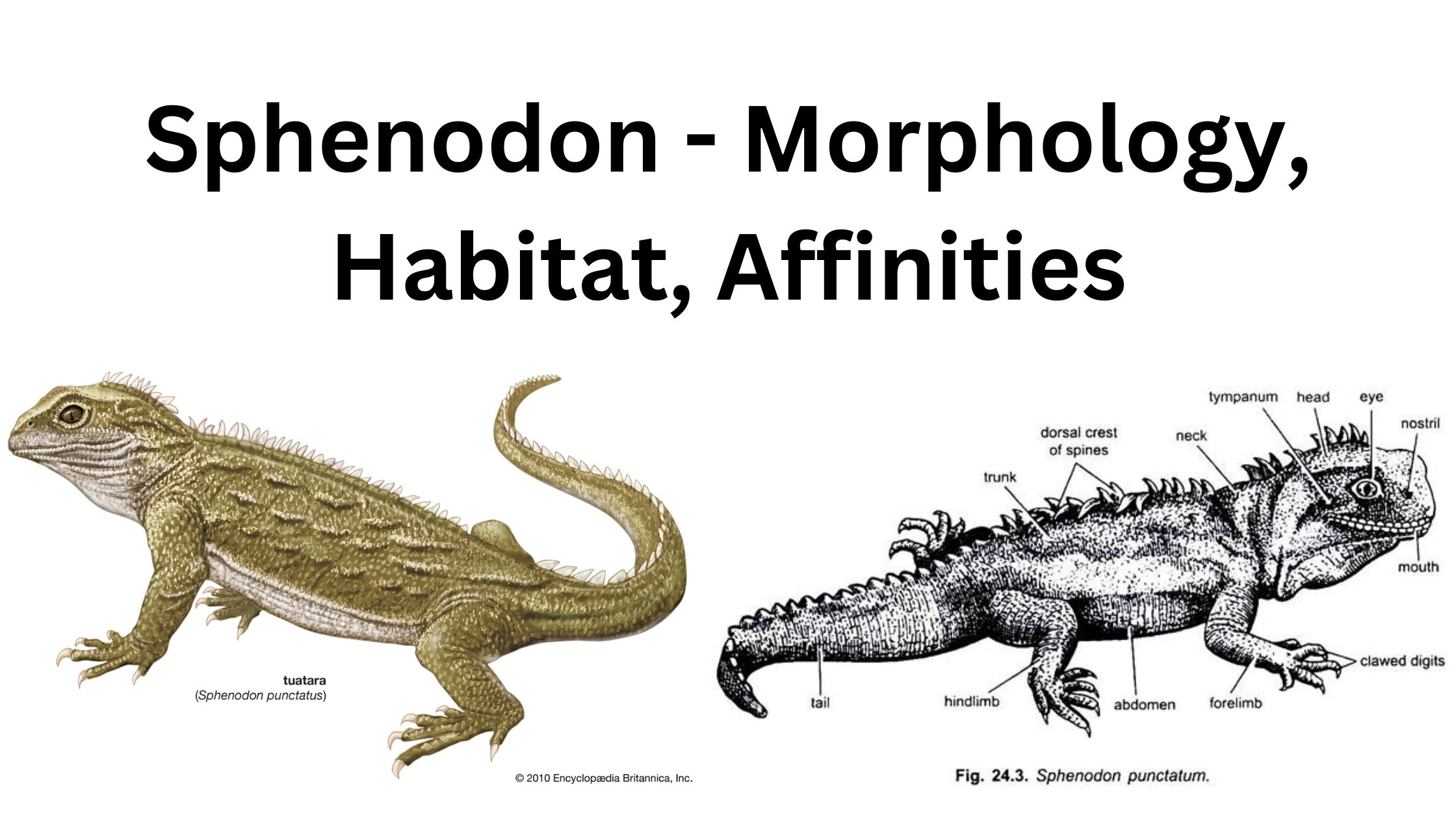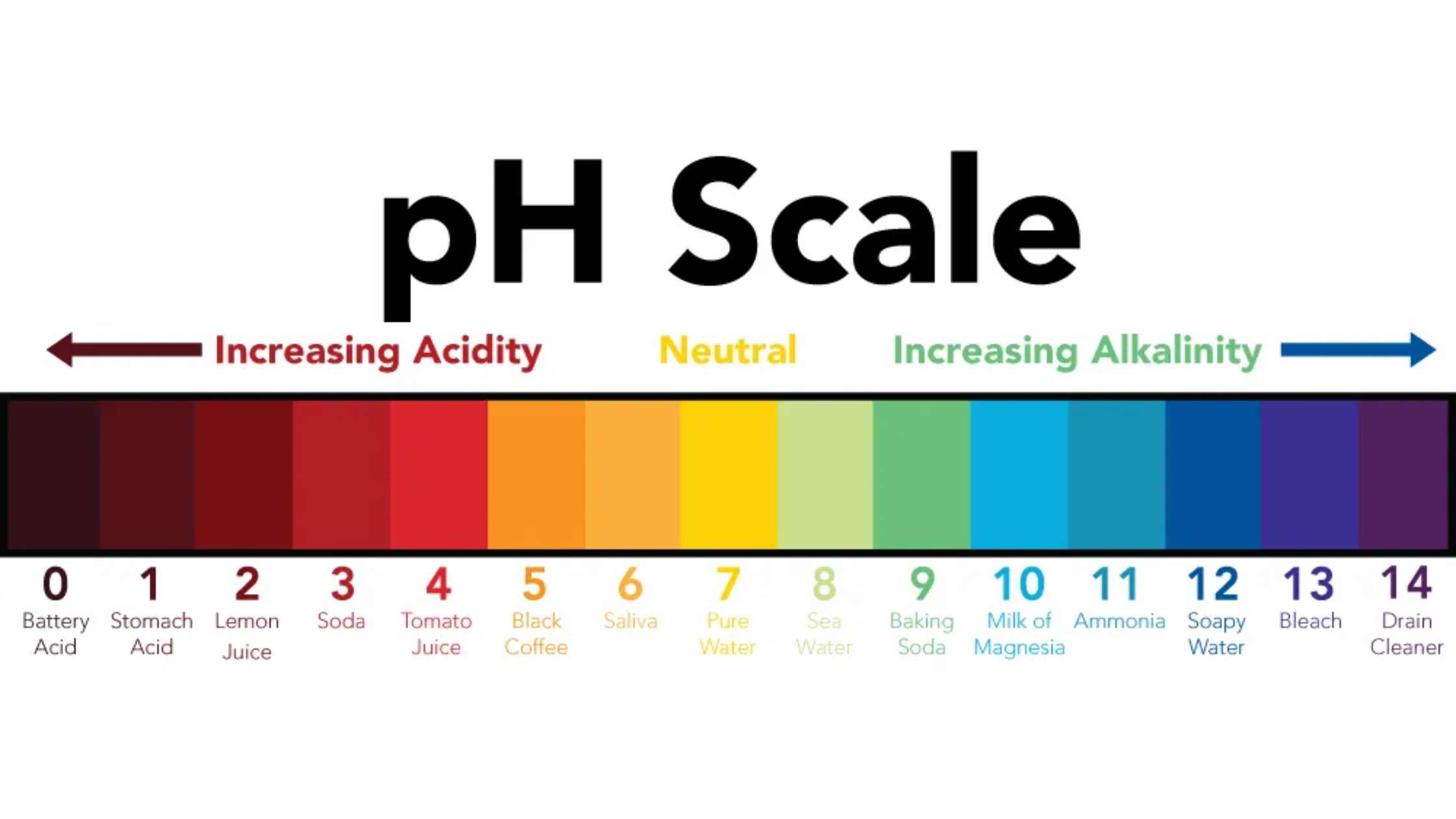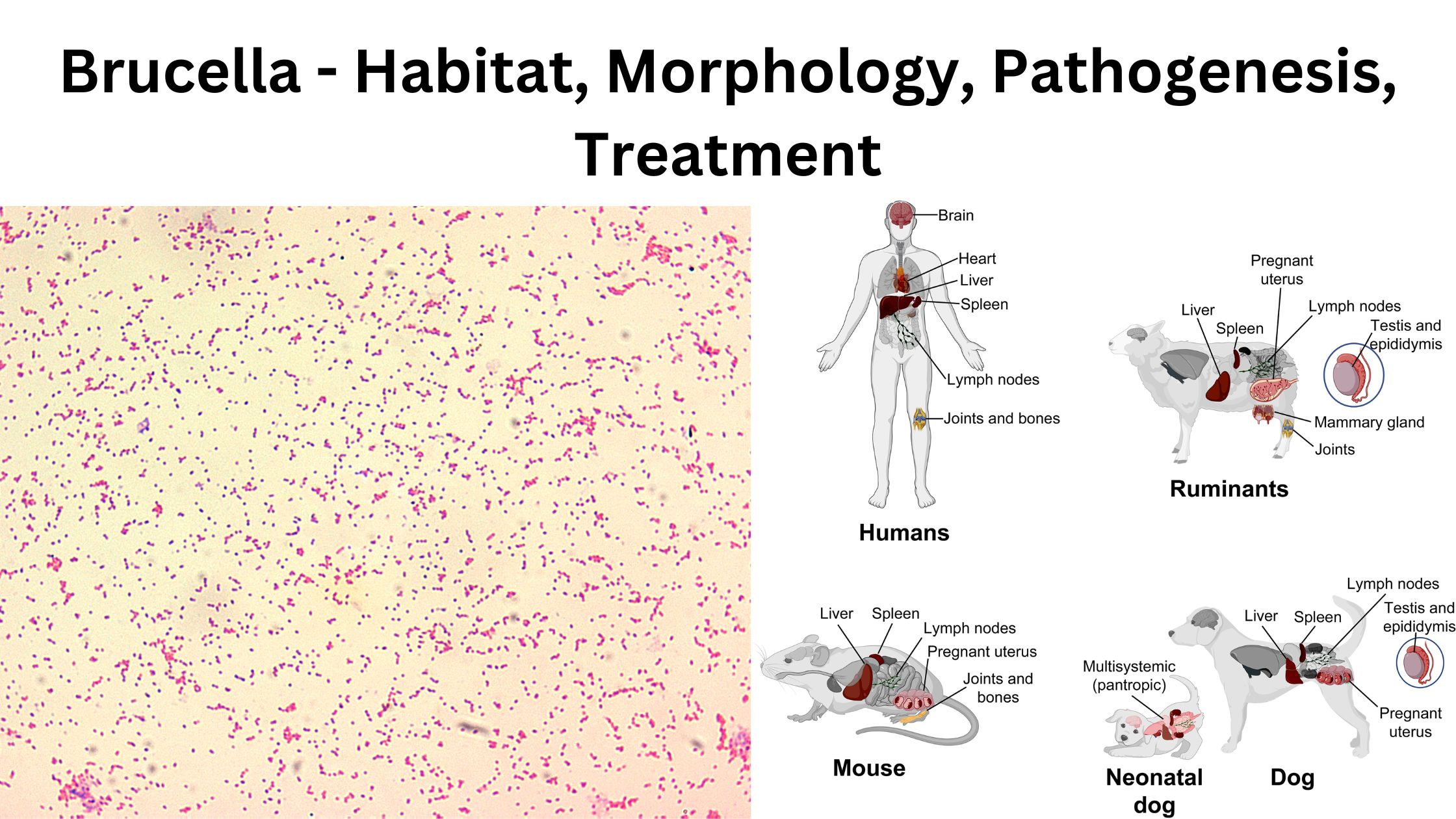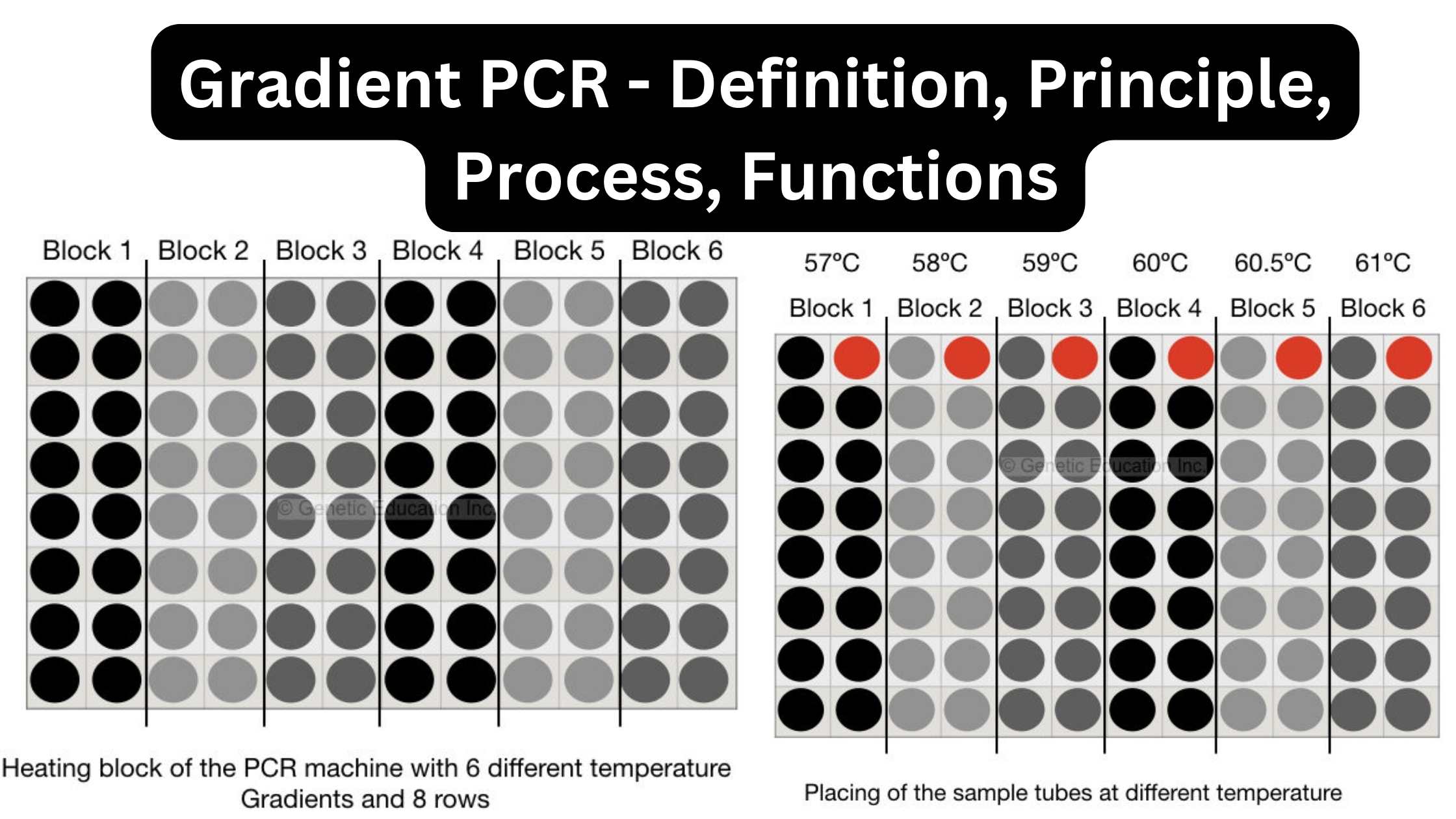Bioreactor – Types, Design, Parts, Applications, Limitations
A bioreactor is the vessel in which biological reactions is carried out in controlled conditions. It is the process where microorganisms, plant cells or animal cells are allowed to grow and produce useful products. It is designed as a closed container in which temperature, pH, dissolved oxygen (DO) and nutrient level is maintained with the … Read more

